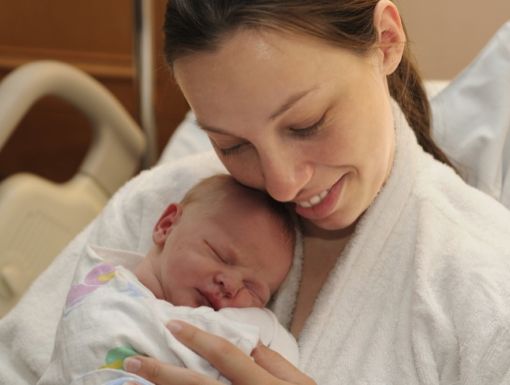
3D Mammography Offers More Advanced Results
According to the American Cancer Society, breast cancer is the most common type of cancer among American women (except for skin cancers) and about 1 in 8 women in the US will develop invasive breast cancer in her lifetime. This year alone, more than 232,000 women will be diagnosed with invasive breast cancer and nearly 40,000 will die of the disease. Fortunately, the mortality (or death) rate from breast cancer has decreased steadily since about 1989 thanks to earlier detection with screening mammograms and improved therapies. Despite these advances, many women still view a yearly mammogram, or X-ray of the breast, as an uncomfortable chore and choose to avoid this life-saving test.
It is important to remember that mammography is not a perfect test. Mammograms can miss up to 20 percent of breast cancers and many findings detected on mammograms do not turn out to be breast cancers.
At Ochsner, we are fortunate to be able to add Hologic® digital breast tomosynthesis (or “3D mammograms”) to the traditional or “2D” mammograms we offer to our patients. Performing 3D mammograms along with your “2D” mammogram allows our radiologists to detect cancers more easily and at their earliest, most treatable stages.
During a three-dimensional (or 3D) mammogram, the X-ray arm sweeps in a slight arc over the breast, taking multiple images in just seconds. The images are digitally reconstructed to form a stack of very thin (1 mm) layers of the breast from different angles. Instead of viewing all the complexities of the breast tissue in a flat image as with a traditional mammogram, 3D mammography allows the doctor to examine the breast one layer at a time.
This clearer view of the size, shape and location of an abnormality means more effective interpretation and a greater likelihood of detecting breast cancer. In fact, the combination of 2D and 3D mammography has been found to identify up to 20 percent more invasive cancers than conventional 2D mammography alone. 3D mammography also helps radiologists distinguish harmless abnormalities from cancers, leading to a decrease in the number of women who must return for additional images after a screening mammogram by as much as 40 percent.
I know getting a mammogram can be an uncomfortable experience, but it is the best test available to detect breast cancer in its most survivable stages. Thankfully, since the advent of screening mammography in the United States during the 1970’s, women have become better informed about breast cancer and the importance of getting a yearly mammogram.
At Ochsner, we recommend that women of average risk begin having annual mammograms at age 40. I strongly encourage you to schedule your yearly mammogram, including 3D mammography or to talk to your physician about 3D mammograms in your area.



